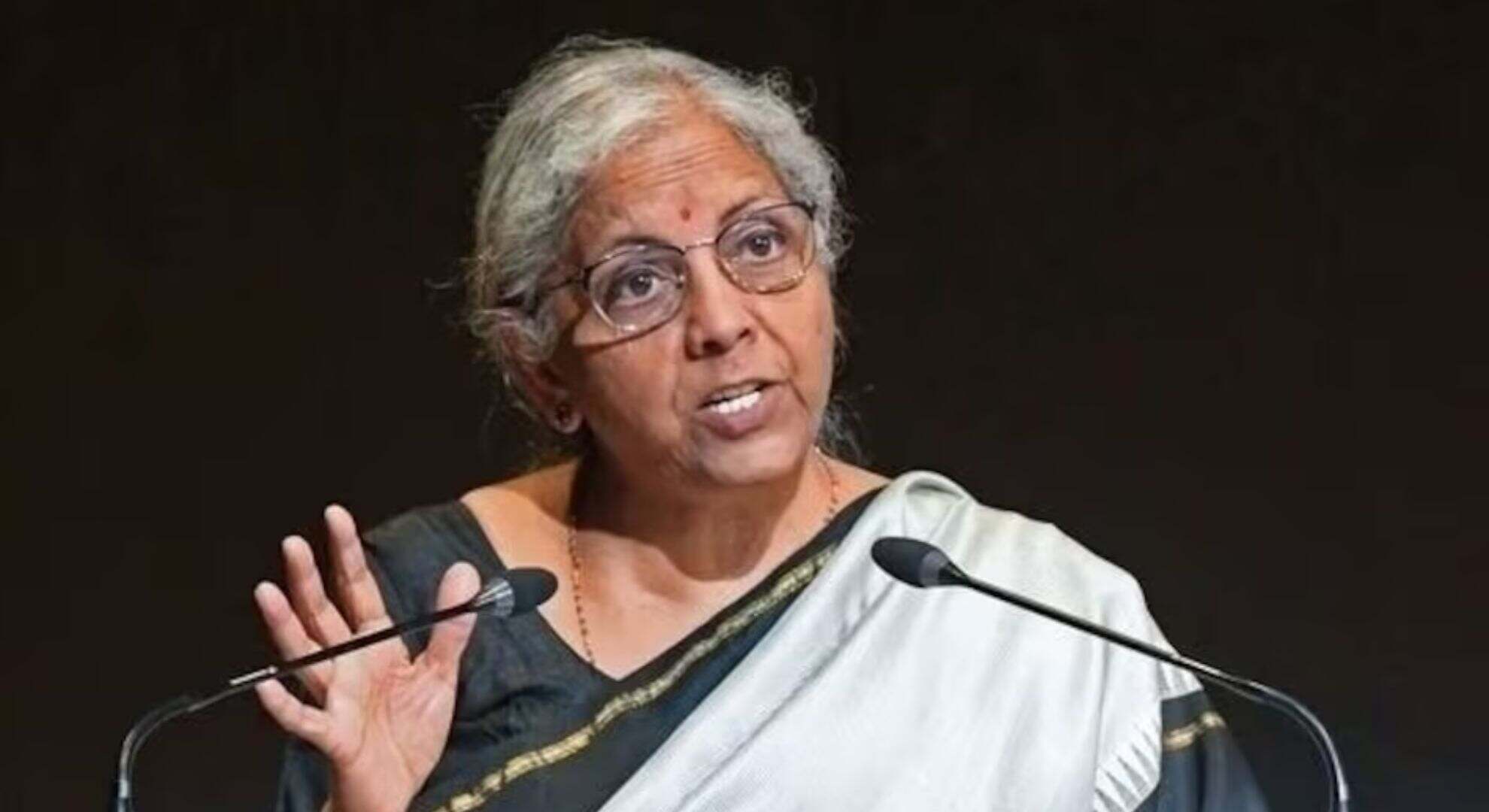The tradition of presenting the Union Budget in India has undergone significant transformations over the years, reflecting changes in both technology and cultural symbols. Initially inherited from British practices, the tradition of using a briefcase began in 1860 when William E Gladstone, then British Chancellor of the Exchequer, employed a red suitcase embossed with the Queen’s monogram. This briefcase, known as the ‘Gladstone Box,’ was a symbol of financial authority and continuity.
In India, the first Finance Minister, R K Shanmukham Chetty, carried the budget briefcase on November 26, 1947, marking the beginning of this tradition on Indian soil. The red briefcase became a familiar sight until it was replaced by a ‘bahi khata’—a traditional Indian ledger—by Finance Minister Nirmala Sitharaman in 2019. This shift symbolized a departure from colonial influences, embracing a more culturally resonant symbol of accounting.
However, the bahi khata itself was eventually replaced by a tablet in 2021, aligning with Prime Minister Narendra Modi’s vision for a ‘Digital India.’ This transition marked a move towards a more modern and environmentally friendly approach, as the tablet enabled a completely paperless presentation that could be accessed online.
The ‘Union Budget Mobile App’ was also launched to facilitate easy access to Budget documents for both lawmakers and the public. Reports indicated that the tablet used was ‘Made in India,’ reflecting the ethos of ‘Atmanirbhar Bharat.’
As Finance Minister Nirmala Sitharaman prepares to present her seventh Union Budget on July 23, 2024, under the Modi 3.0 government, the evolution from the traditional briefcase to the contemporary tablet highlights India’s journey from colonial legacies to modern technological advancements. Amid concerns about inflation and its impact on the common man, the forthcoming Budget will be scrutinized for its potential to provide relief to the Indian populace.







